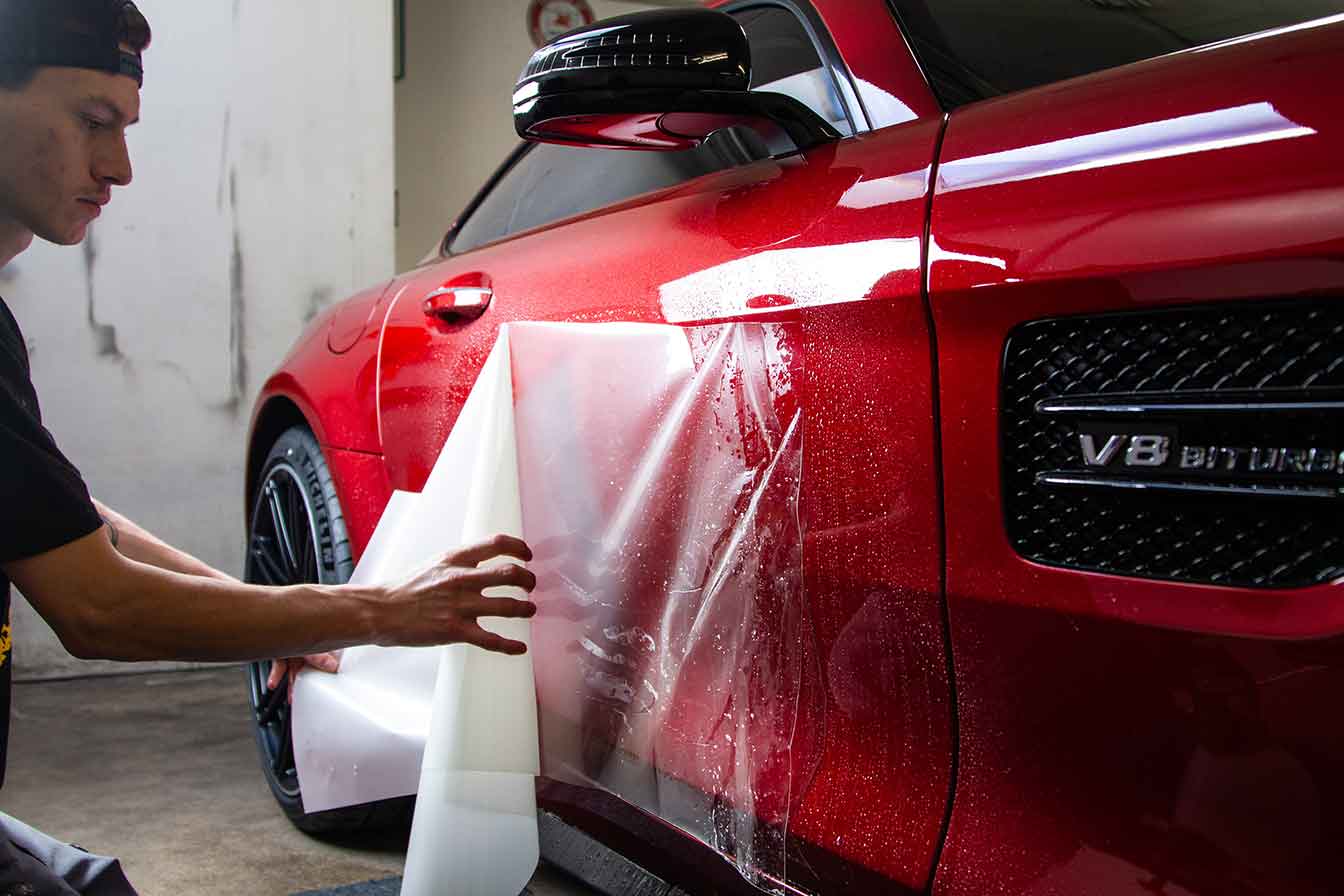A Comprehensive Guide to the Kinds Of Ceramic Finishing on the Market
Ceramic finishings have actually emerged as an essential option across various markets due to their special buildings and applications. As we check out the distinct qualities and applications of these layers, the ramifications for performance and longevity become increasingly apparent, elevating inquiries regarding which kind could best suit your demands.
Recognizing Ceramic Coatings
Ceramic finishings are advanced protective solutions that have gained appeal in numerous sectors, particularly in automobile and aerospace applications. These finishings contain a liquid polymer that, when cured, creates a long lasting, hydrophobic layer on the surface area of the substrate. This layer offers enhanced resistance to ecological impurities, UV radiation, and chemical direct exposure, consequently prolonging the life and visual allure of the underlying material.
The basic element of ceramic coatings is silica, which adds to their solidity and durability. The application procedure usually includes surface prep work, application of the finish, and treating, which can be achieved with warm or UV light. Once cured, ceramic finishings display phenomenal bonding buildings, permitting them to stick strongly to a selection of surfaces, including metals, plastics, and glass.
Along with their protective attributes, ceramic layers additionally use convenience of maintenance. Their hydrophobic nature lowers the adherence of dust and grime, making cleansing less complex and less frequent. In general, the adoption of ceramic coatings represents a substantial innovation in surface defense innovation, supplying both functional and aesthetic benefits throughout multiple industries.
Kinds Of Ceramic Coatings
Various sorts of ceramic coverings are readily available, each designed to satisfy particular performance demands and applications - Paint Protection Film. One of the most usual types include:
Silica-based Coatings: These coverings primarily include silicon dioxide and are understood for their sturdiness and chemical resistance. They are extensively used in auto and industrial applications.
Titanium Dioxide Coatings: Prominent for their photocatalytic homes, titanium dioxide finishings are usually used in atmospheres where self-cleaning and antifungal properties are preferable, such as in structure materials and auto surfaces.
Zirconia Coatings: Identified by their high-temperature stability and thermal resistance, zirconia coverings are made use of in applications such as wind turbine engines and high-performance vehicle components.
Alumina Coatings: Exhibiting superb firmness and thermal stability, alumina coverings are often utilized in wear-resistant applications, including cutting tools and commercial machinery. - Auto Detailing
Hybrid Coatings: Integrating the homes of numerous materials, crossbreed layers supply boosted performance attributes, making them ideal for special and requiring applications.
Each kind of ceramic layer serves distinct functions, allowing individuals to select the most appropriate solution based upon certain environmental conditions and efficiency requirements.
Advantages of Ceramic Coatings
Coatings play a critical role in boosting the efficiency and durability over at this website of surface areas across different industries. Ceramic finishings, particularly, deal various benefits that make them increasingly prominent among manufacturers and consumers alike. Among the main benefits is their outstanding resilience. These finishings are immune to scratches, chemicals, and UV rays, guaranteeing that the underlying surface area continues to be protected gradually.
In enhancement to durability, ceramic finishes offer outstanding hydrophobic residential or commercial properties, enabling easy cleaning and upkeep. This water-repellent nature minimizes the adherence of dust, grime, and various other pollutants, which can lengthen the visual allure and capability of the surface. Ceramic coatings can dramatically enhance thermal resistance, making them ideal for applications that sustain high temperatures.

Application Process
When applying ceramic coverings, a careful strategy is essential to achieve optimal results. The application process usually starts with detailed surface prep work. This includes washing, sanitizing, and polishing the surface area to remove all contaminations, including dirt, grease, and prior waxes or sealers. A tidy surface makes certain correct bond of the finishing.
When the surface is prepped, the following step is to apply the ceramic layer. The finishing ought see this page to be used in slim layers, as thicker applications can lead to unequal finishes.
After application, the coating needs a details curing time, commonly varying from a few hours to a full day, depending on the item. During this time, it is vital to avoid direct exposure to wetness or impurities. Finally, a mild buffing might be essential after treating to boost the gloss click reference and remove any kind of high spots. Following these actions diligently will maximize the performance and durability of the ceramic layer, offering a long lasting protective layer for the surface area.
Maintenance and Durability
To make sure the longevity and effectiveness of a ceramic finishing, regular maintenance is essential. Ceramic finishes, understood for their resilience and safety high qualities, need particular care routines to optimize their life-span and efficiency.
In addition to regular washing, regular examinations are important. Look for indicators of wear or damages, such as hydrophobic properties lessening or surface blemishes. If essential, a light gloss may be applied to rejuvenate the finishing without removing it away.
Additionally, the application of a booster spray can boost the covering's hydrophobic results and restore its gloss. This is specifically useful for finishes that have been in use for an extended duration. Eventually, by sticking to these upkeep techniques, one can substantially extend the life of a ceramic coating, guaranteeing that it proceeds to provide ideal defense against ecological variables and preserve the visual allure of the automobile.
Verdict
